Environmental gains from mussel and seaweed farming are possible, University of Auckland and U.S. researchers show
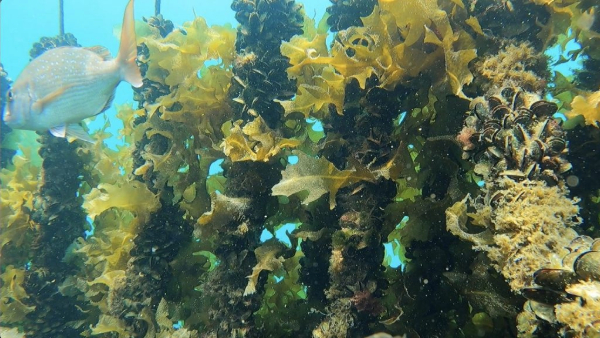
Mussel and seaweed farming in New Zealand can increase wild fish populations and bolster diversity, according to new international research.
A research project by Waipapa Taumata Rua, the University of Auckland and the University of New England assessed the diversity and abundance of wild fish and invertebrates on farms growing kelp and/or mussels compared to non-farmed sites in the Hauraki Gulf and the Gulf of Maine in the United States.
“This project is really the first of its kind,” says Dr. Rob Major from The Nature Conservancy Aotearoa New Zealand.
The research, supported by The Nature Conservancy in New Zealand and Maine, found mussel and seaweed farming has the potential to provide habitat for marine species and food for people. According to the researchers, the fish populations found on mussel and kelp-mussel farms in the Hauraki Gulf were equal to or greater than those at the non-farm sites, in both diversity and abundance.
“In an examination of gut contents of snapper living inside and outside New Zealand green-lipped mussel farms, fish living on the farm sites were also found to be eating more nutritious diets than those living in natural habitat,” said Professor Andrew Jeffs of the University of Auckland.
Jeffs says these results are a promising sign that mussel and kelp farms can provide both settlement and nursery habitats and an important food source for wild fish species.
“When implemented in the right places, aquaculture could bolster biodiversity and contribute to the productivity of fisheries,” said Jeffs.
Before this, only a handful of studies had quantified commercial aquaculture’s value as habitat. Measuring habitat benefits in Maine and Aotearoa will start to fill a critical gap in knowledge about the effects of seaweed and shellfish aquaculture on biodiversity in cold-water ecosystems.
“The aquaculture industry in Aotearoa has growth aspirations,” said Major. “This research underlines the role that aquaculture can play in restoring our natural environments, as well as local communities by contributing to employment and economic development.”
How restorative aquaculture is lending a helping hand to declining fish species
The Maine study highlights the importance of timing in the overlap between kelp farms and species presence in the nearshore. During the Maine kelp growing season (October to May), there was no significant difference in species abundance or diversity between farm and non-farm sites.
“This is good news in a region where seaweed farming is highly seasonal, with farmers removing the kelp and equipment after the spring harvest,” said Dr. Carrie Byron at the University of New England. “What we see here in Maine is that farm ecosystems are not a replacement for wild ecosystems, but they offer some restorative or regenerative properties that can help buffer against climate impacts, at an ecosystem level and human level.”
Overall, this and other studies indicate that kelp and shellfish farms can greatly benefit the environment. However, the future success of these farms relies on whether people accept and support them (known as having a social license to operate) and how much consumers value the environmental benefits these farms offer.
Researchers from several universities asked U.S. consumers how much they would pay for seaweed products. After watching a video about the environmental benefits of seaweed farming, consumers said they would pay more for these products.
“It’s clear that consumers care about the environmental impact of seaweed products,” said Dr. Heidi Alleway from The Nature Conservancy Worldwide Office. “This justifies continued exploration in this line of inquiry, which can ultimately help fully realize aquaculture’s full environmental potential.”
Now that you've reached the end of the article ...
… please consider supporting GSA’s mission to advance responsible seafood practices through education, advocacy and third-party assurances. The Advocate aims to document the evolution of responsible seafood practices and share the expansive knowledge of our vast network of contributors.
By becoming a Global Seafood Alliance member, you’re ensuring that all of the pre-competitive work we do through member benefits, resources and events can continue. Individual membership costs just $50 a year.
Not a GSA member? Join us.
Author
Tagged With
Related Posts
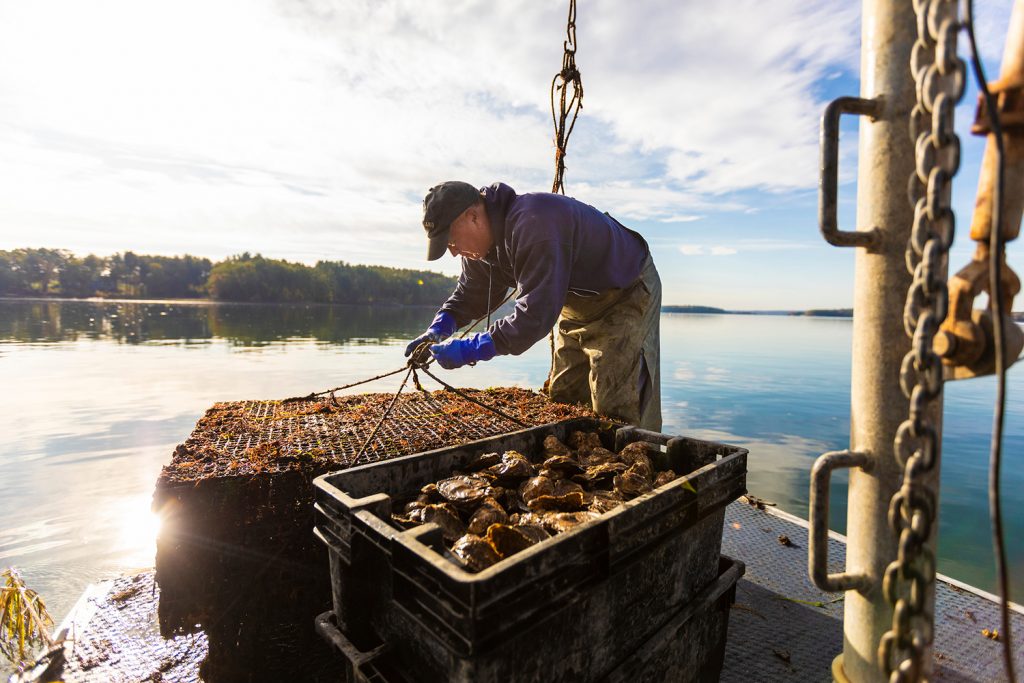
Responsibility
TNC: Restorative aquaculture can improve marine habitats, biodiversity
A report from The Nature Conservancy shows restorative or regenerative aquaculture can benefit ecosystems, marine animal habitats and biodiversity.
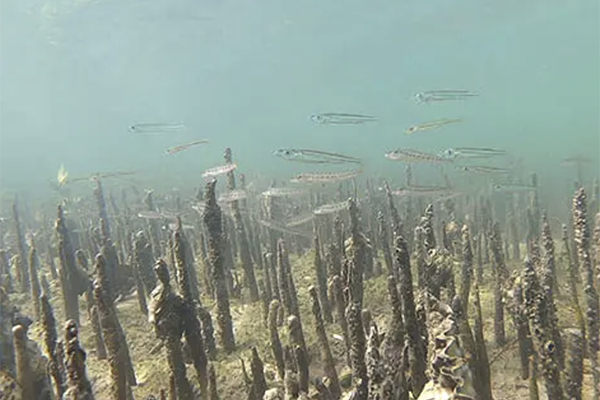
Responsibility
Shellfish reefs improve marine biodiversity in South Australia
Benefits of more shellfish include improved water quality from filter-feeding and providing habitat and nursery grounds for marine species.
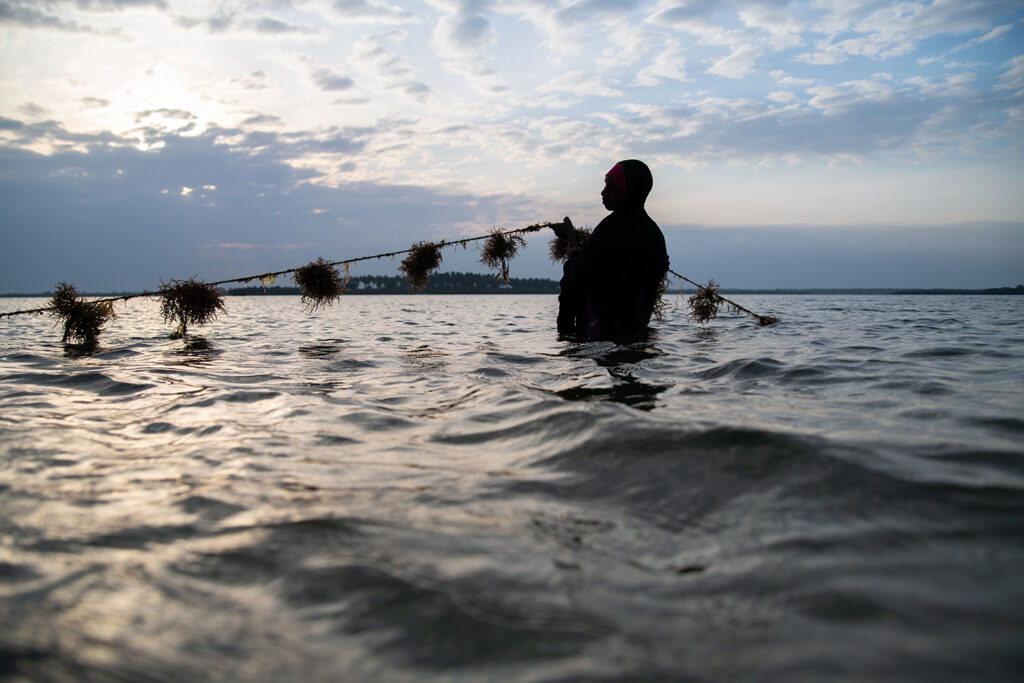
Responsibility
Study: Aquaculture can be ‘part of the solution’ to marine ecosystem restoration
A new study has identified 12 potential ecological benefits of aquaculture, which can help marine ecosystem restoration.
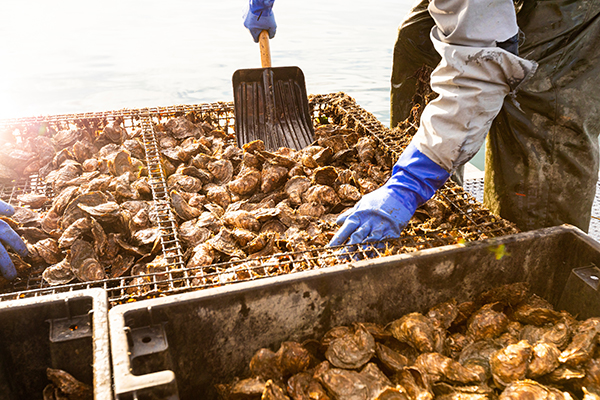
Responsibility
The Nature Conservancy defines restorative aquaculture in new study
The Nature Conservancy's latest study sets out a standard definition of and global principles for restorative aquaculture.



